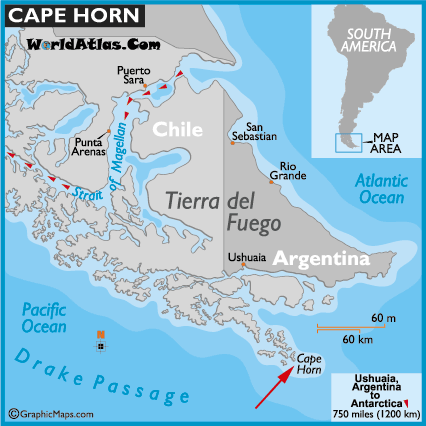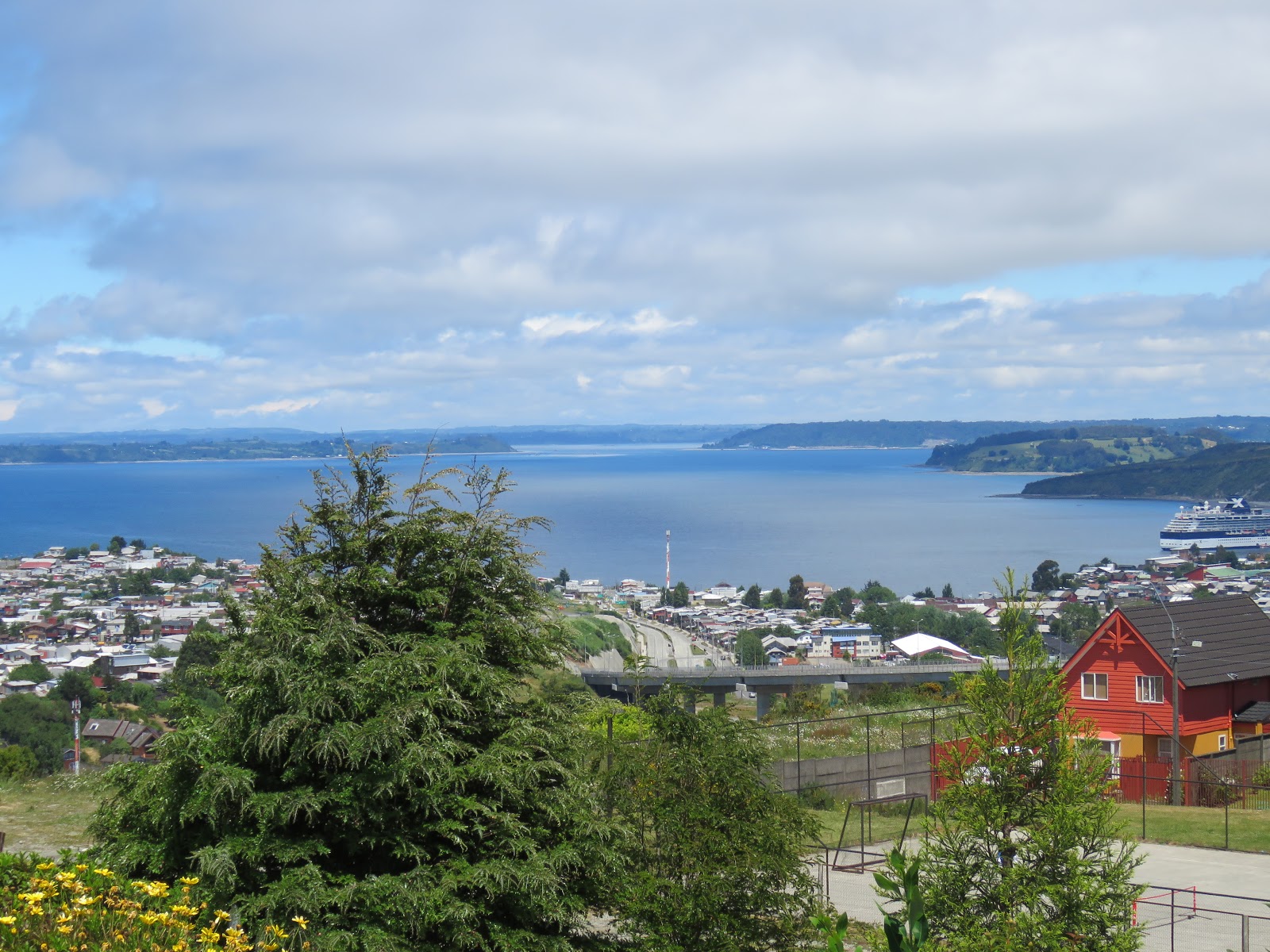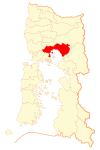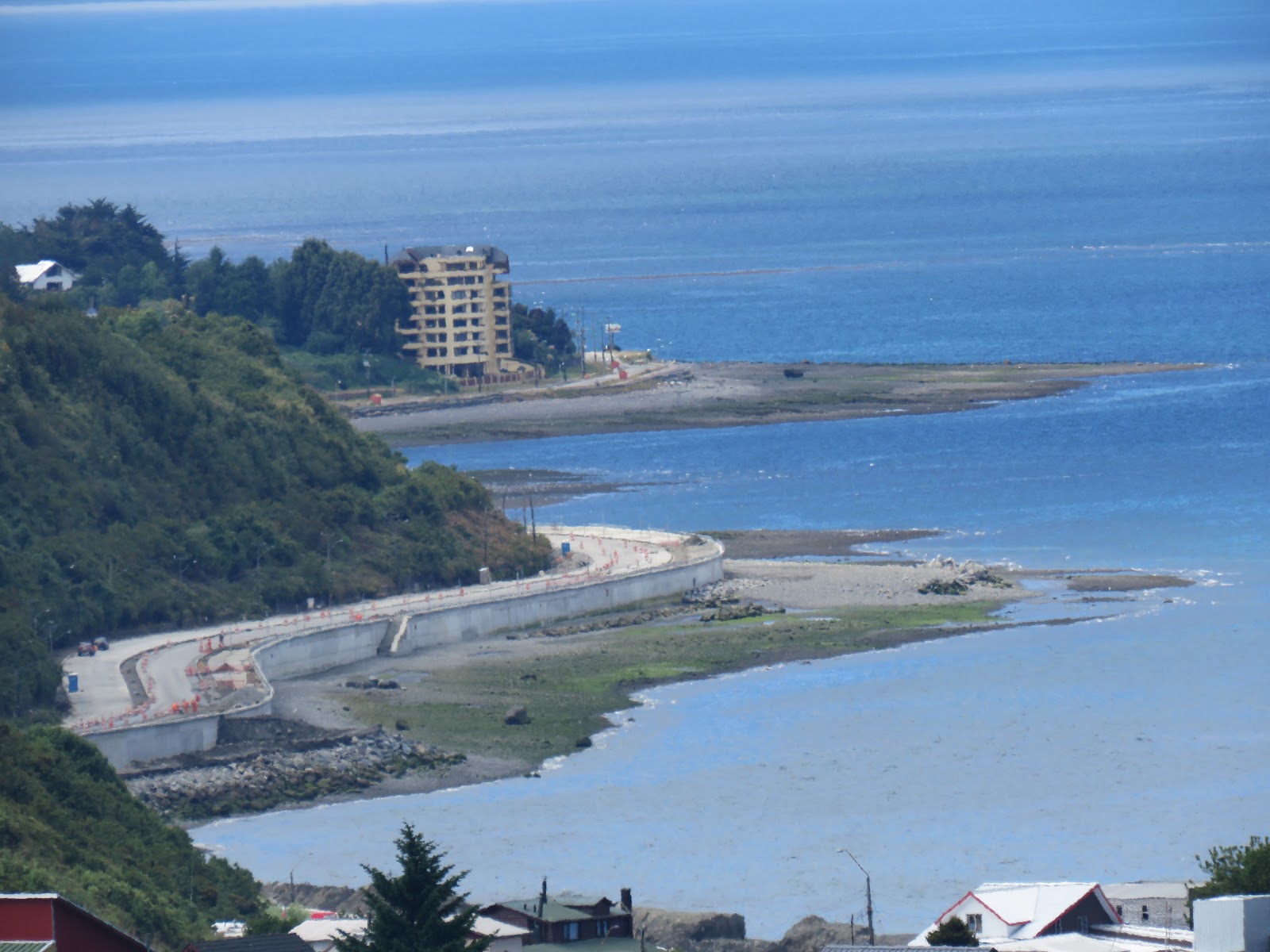 |
| The two officers were clear and concise in explaining the functions and safety systems in the ship’s engine room. |
 |
| Another exquisite view of Ushuaia from the veranda. |
We’re often curious about several passengers on our cruises. With this back-to-back cruise as our 20th and 21st since January 3, 2013, we were especially interested in the fact we observed passengers from all over the world.
 |
| Multiple monitors are on display for the management of the ship’s engines. |
Most passengers spoke English on our past cruises, consisting primarily of Americans, citizens of the UK, and Canadians. While sailing in the South Pacific from 2015 to 2017, the passengers included Australians, Americans, citizens of the UK, Canadians, and a mix of other countries and languages.
 |
| It was interesting to hear about the many systems in place for the operation of the ship. |
Based on the fact that this cruise would primarily be sailing in South America, except for the embarkation from Fort Lauderdale, Florida, it’s been an exciting mix of passengers from all over the world, more than we’ve seen on any past cruises.
 |
| This monitor shows the status of the ship’s stabilizers. |
Based on these numbers we’re sharing today, over half the passengers have been English-speaking on each leg of the cruise. Why is this significant or worthy of mention? Indeed, from our perspective, by no means a result of any prejudice of any ethnicity.
 |
| There were dozens of pieces of equipment for the staff to monitor 24-hours a day. |
However, many passengers choose to cruise for socialization as well as being able to visit many countries in one fell swoop. The more culturally diverse cruises may limit some of the social engagement.
On several occasions, we were seated at shared dining tables where we could not communicate with our table-mates, making it difficult for all of us. We feel bad that we don’t know their language and are unable to speak.
 |
| Emergency buttons available had yet to be used by either officer. |
Here are some stats provided to us by the Captain’s Club Hostess as to the breakdown of the languages spoken by passengers on both legs of this back-to-back cruise:
Cruise #1 – November 23, 2017 – Fort Lauderdale, FL to San Antonio, Chile:
- Arabic – 2
- Chinese – 4
- Croatian – 2
- Czech – 3
- Danish – 29
- Dutch – 89
- English – 1514
- Finish – 6
- French – 44
- German – 121
- Greek – 3
- Hebrew -13
- Hungarian – 6
- Italian – 5
- Latvia – 2
- Malay -1
- Norwegian – 34
- Portuguese – 45
- Russian – 1
- Slovene – 2
- Spanish – 175
- Sweden – 4
- Turkish -1
- Ukrainian -4
- TOTAL – 2109
Cruise #2 – December 8, 2017 – San Antonio, Chile: to Buenos Aires, AR
- Arabic – 2
- Chinese – 11
- Croatian – 2
- Czech – 2
- Danish – 1
- Dutch – 33
- English – 1257
- Finish – 3
- French – 54
- German – 103
- Greek – 3
- Hebrew -82
- Hungarian – 6
- Italian – 3
- Japanese – 10
- Korean – 4
- Malay – 4
- Norwegian – 17
- Portuguese – 139
- Romanian – 2
- Russian – 14
- Slovene – 4
- Spanish – 368
- Sweden – 4
- Turkish – 22
- Unknown – 1
- TOTAL – 2193
Last week we were invited to participate in a tour of the ship’s engine room. Various tours are offered at no charge for Captain’s Club members, while other tours, such as the galley, require a payment. Without a needed expense, we decided we’d be happy to attend.
Although we anticipate the engine room staff may be tired of doing such tours, their courteous and knowledgeable manner made it appear that this was their first time.
 |
| Another workstation. |
They eagerly answered questions and allowed photos of the equipment and computer monitors as they explained how it all works. Overall, it proved to be attractive to both of us, and thus, we wanted to share some of these photos here today.
 |
| Me and one of the two officers who conducted the presentation. |
Today, the ship is anchored in the bay at Punta Del Este, Uruguay, with the lifeboats being used as tenders to take passengers ashore. With only a small population and few sites to see, we’ve decided to stay on board.
 |
| Tom and the second officer in command. |
On Saturday, we’ll post our final expenses (including cruise fare) for this back-to-back cruise, including our total bills for both legs in the journey.
Have a lovely day and be well.
Photo from one year ago today, December 20, 2016:

















































































































































